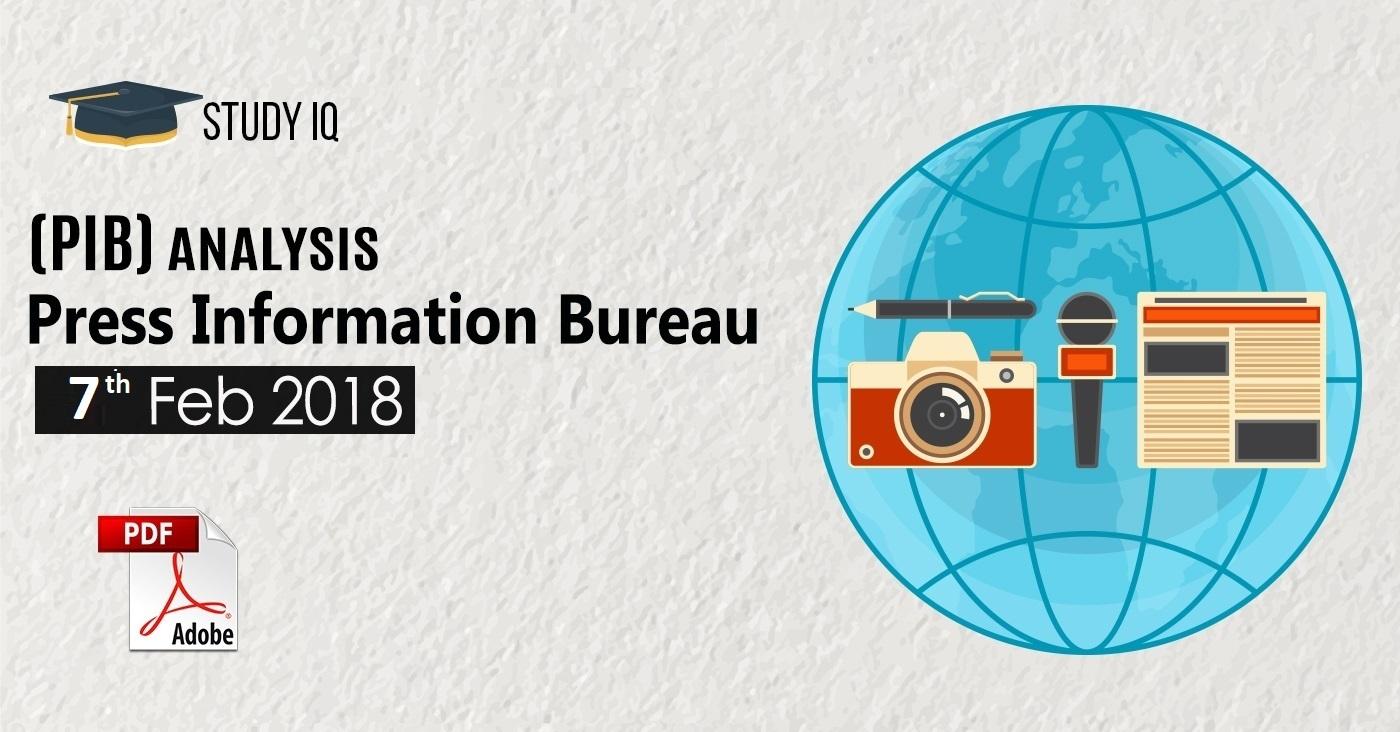Table of Contents
President’s Secretariat
• Shri Ram NathKovind, inaugurated the Mahamastak abhisheka Mahotsav 2018 of Gommateshwara Bhagwan Sri Bahubali Swami at Shravanabelagola today.
• President conveyed his best wishes to organisers and pilgrims gathered there for the successful conduct of Mahamastak abhisheka Mahotsav 2018.
• He said Samyak Darshan, Samyak Gyan and Samyak Charitra are known as the three gems of Jain philosophy.
• These are relevant for the entire world.
• The path of universal welfare can be paved by peace, non-violence, fraternity, morality and sacrifice.
Department of Space
• To demonstrate the potential of satellite technology for development of rural areas, ISRO established Village Resource Centres (VRCs) on a pilot scale, in association with selected NGOs, Trusts and State Government Departments.
• VRCs have provided various space technology enabled services such as tele-healthcare, tele-education, natural resources information, advisories related to agriculture, career guidance to rural students, skill development and vocational training etc.
• About Rs 18 crores was spent for establishing 473 VRCs.
Department of Space
Indian Space Programme plays a key role in enabling social upgradation of rural areas through space based inputs towards development of
1. Wastelands
2. Identification of degraded lands for suitable reclamation measures
3. Assessment of fodder crops for dairy industry
4. Monitoring developmental activities under rural employment guarantee
scheme & integrated watershed development programme
5. Space based inputs for ground water
6. Targeting surface waterbodies for tribal districts
7. Monitoring irrigation infrastructure
Department of Atomic Energy
• Conventionally sewage treatment plant treats the sewage and the same is dried.
• The technology developed by Bhabha Atomic Research Centre (BARC) subjects the dried sludge to crushing and exposure to 10 kGy radiation dose.
• This kills the pathogens in the sludge and makes it safer for use. In the next step, BIO-NPK (Nitrogen Phosphorus Potassium) microorganisms are sprayed on to it to make it bio- fertilizer.
• The use of such bio-fertilizer provides organic carbon and other nutrients to the soil.
Ministry of Environment, Forest and Climate Change
- The Union Cabinet chaired by the Prime Minister Shri Narendra Modi has approved the proposal for ratification of Minamata Convention on Mercury and depositing the instrument of ratification enabling India to become a Party of the Convention.
- The approval entails Ratification of the Minamata Convention on Mercury along with flexibility for continued use of mercury-based products and processes involving mercury compound up to 2025.
- The Minamata Convention on Mercury will be implemented in the context of sustainable development with the objective to protect human health and environment from the anthropogenic emissions and releases of mercury and mercury compounds.
Ministry of Environment, Forest and Climate Change
• The Convention protects the most vulnerable from the harmful effects of mercury and also protects the developmental space of developing countries.
• Therefore, the interest of the poor and vulnerable groups will be protected.
• The Minamata Convention on Mercury will further urge enterprises to move to mercury-free alternatives in products and non-mercury technologies in manufacturing processes.
• This will drive research & development, and promote innovation.

Rafale Deal
• The Government today said the procurement of 36 Rafale aircraft through an Inter-Governmental Agreement with France is strictly in accordance with the Defence Procurement Procedure in all aspects.
• In a statement, the Defence Ministry said, unfounded allegations are being made regarding the Rafale deal.
• It strongly reiterated that the deal secured by the government is better in terms of capability, price, equipment, delivery, maintenance, and training.
• It further said that the demand that the government disclose the details and value of the contract for the aircraft is unrealistic.
Defence Ministry
• India today successfully test-fired its indigenously developed surface-tosurface nuclear capable Prithvi-II missile off Odisha coast.
• Defence sources said, the missile which weighs about 4,600 kilogram, is capable of carrying 500-1,000 kilogram of warheads and is thrusted by liquid propulsion twin engines.
• They said, all parameters were achieved within the stipulated time period.
• Inducted into the 333-missile regiment of the Indian Army in 2003, the nine-metre-tall, single-stage liquid-fuelled Prithvi-II is the first missile to have been developed by the DRDO under the Integrated Guided Missile Development Programme.
• Today’s trial was a part of regular training exercise by the armed forces which reconfirms the Army’s readiness to fire it at short notice.
• Developed under the joint collaboration of Defence Research and Development Organization and Bharat Dynamics Limited, the missile was first test-fired on 27 January 1996.
• The last trial was successfully carried out on 2 June 2017 from the same base.























 WhatsApp
WhatsApp